“Aluminum Oxide 500 grams” has been added to your cart. View cart
“Aluminum Oxide 500 grams” has been added to your cart. View cart
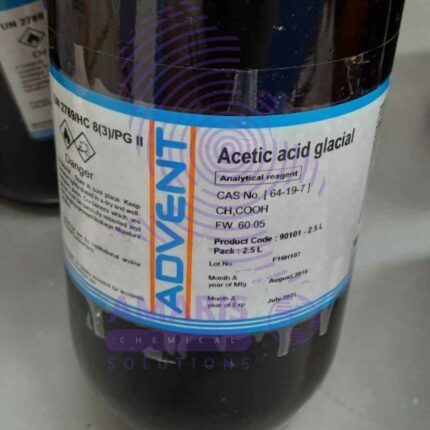
Acetic Acid 2.5litre
KSh1,490.00 Original price was: KSh1,490.00.KSh1,300.00Current price is: KSh1,300.00.
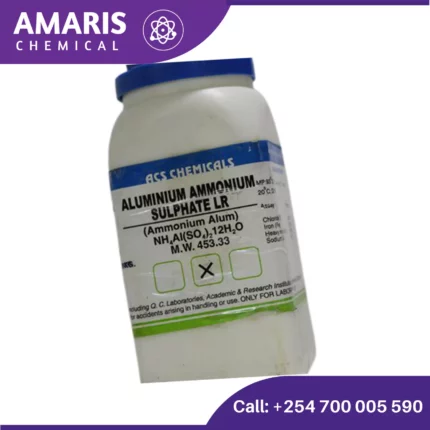
Aluminum Ammonium Sulphate
KSh650.00 Original price was: KSh650.00.KSh500.00Current price is: KSh500.00.
Aceto Carmine 100 ml
KSh1,745.00 Original price was: KSh1,745.00.KSh1,500.00Current price is: KSh1,500.00.
Aceto carmine is a staining solution used primarily in microscopy to highlight cellular components. It is a mixture of carmine dye and acetic acid. Here’s an overview of its properties, preparation, and uses:
Properties
- Color: Red to purplish-red.
- Solubility: Soluble in water and ethanol.
- Staining Characteristics: Stains chromatin and cytoplasmic components, providing contrast for better visualization under a microscope.
Preparation
- Ingredients:
- Carmine dye: A natural red dye extracted from the cochineal insect.
- Acetic acid: A colorless liquid organic compound with a pungent smell.
- Procedure:
- Dissolve a specific amount of carmine powder in hot distilled water.
- Add glacial acetic acid to the solution.
- Filter the mixture to remove any undissolved particles.
SKU:
ACS18434CHEM0
Category: Analytical Reagents
Description
Uses of Aceto Carmine
1. Cytology
- Chromosome Staining: Aceto carmine is used to stain chromosomes during cell division processes such as mitosis and meiosis. It helps in visualizing the chromosomal structures, making it easier to study their behavior and morphology.
- Karyotyping: The staining highlights the chromosomal patterns and abnormalities, aiding in the identification of genetic disorders.
2. Histology
- Tissue Staining: In histological studies, aceto carmine is used to stain various tissues, helping differentiate between different types of cells and their components. This is particularly useful in examining the structure and function of tissues.
- Cell Component Differentiation: It selectively stains specific cellular components like chromatin, making it easier to distinguish between the nucleus and cytoplasm in cells.
3. Botany
- Plant Cell Studies: Aceto carmine is widely used to stain plant cells, especially root tips, to observe cell division and growth. It is an essential tool for studying the structure and function of plant cells.
- Temporary Mounts: It is used to prepare temporary mounts of plant tissues for microscopic examination, making it easier to study plant anatomy and morphology.
4. Education
- Teaching Tool: In educational settings, aceto carmine is frequently used in biology and botany laboratories to teach students about cell division, tissue structure, and plant anatomy. Its ease of use and effectiveness make it a popular choice for demonstrations and practical exercises.
- Laboratory Practicals: Students use aceto carmine in laboratory practicals to learn staining techniques and to observe cellular structures under the microscope.
5. Research
- Genetic Studies: Researchers use aceto carmine to study chromosomal behavior and abnormalities, contributing to genetic research and understanding of hereditary conditions.
- Developmental Biology: It is used to study the development and differentiation of cells and tissues in both plants and animals, aiding in developmental biology research.
Reviews (0)
Be the first to review “Aceto Carmine 100 ml” Cancel reply
Shipping & Delivery
Related products
Acetaldehyde
Acetaldehyde is a simple organic compound with the chemical formula CH3CHO. It is a colorless liquid with a pungent, fruity odor. Here are some key points about acetaldehyde:
- Chemical Structure: Acetaldehyde consists of two carbon atoms, one oxygen atom, and four hydrogen atoms. Its structure is CH3CHO, where the carbon atom in the middle is doubly bonded to an oxygen atom and singly bonded to a hydrogen atom and a methyl group (CH3).
- Occurrence: Acetaldehyde can be found naturally in various ripe fruits, coffee, and heated milk. It is also produced by the oxidation of ethanol (alcohol) by enzymes in the liver and other tissues in humans, making it an intermediate product in alcohol metabolism.
Aluminum Ammonium Sulphate
Aluminum ammonium sulfate, also known as ammonium alum or just alum, is a chemical compound with the formula (NH4)Al(SO4)2·12H2O. It's a white crystalline solid commonly used in water purification, leather tanning, and as a mordant in dyeing textiles.
In water purification, alum acts as a coagulant to remove impurities by causing suspended particles to clump together, making it easier for filtration to remove them. In leather tanning, it helps to stabilize the leather by tightening the collagen fibers. And in dyeing textiles, alum helps the dye adhere to the fabric.
However, it's important to note that excessive exposure to aluminum compounds like alum can be harmful, so it's typically used with caution and proper safety measures.
Aluminum Nitrate 500gm
Aluminum nitrate is a chemical compound with the formula Al(NO3)3. It's a salt composed of aluminum and nitrate ions. It's commonly encountered as a hydrate with varying numbers of water molecules associated with each aluminum nitrate formula unit. It's soluble in water and is often used in various industrial processes, including as a mordant in dyeing fabrics and in the production of aluminum oxide. Additionally, it's used in some chemical reactions and as a component in some types of rocket propellants.
Aluminum Oxide 500 grams
Aluminum oxide, often referred to as alumina, is a chemical compound made up of aluminum and oxygen atoms (Al2O3). It occurs naturally in various minerals, including corundum and bauxite. It is one of the most widely used compounds, valued for its hardness, strength, and resistance to abrasion and corrosion.
Ammonium Chloride 500gm
Ammonium chloride is an inorganic compound with the chemical formula NH4Cl. It is a white crystalline salt that is highly soluble in water and has a salty taste. Ammonium chloride is often used in various industrial and laboratory applications, including as a flux in soldering, as a nitrogen source in fertilizers, and as a component in dry cell batteries. It can also be used in medicine as an expectorant to help thin and loosen mucus in the respiratory system
Ammonium Cupric Chloride
Anhydrous Aluminum Chloride
Anhydrous aluminum chloride, often represented as AlCl3, is a chemical compound composed of aluminum and chlorine. "Anhydrous" means it lacks water molecules in its structure. It's a white or pale yellow solid that is highly hygroscopic, meaning it readily absorbs moisture from the air. This property makes handling it a bit tricky since it can form a solution with water vapor in the air, turning into a fuming liquid.

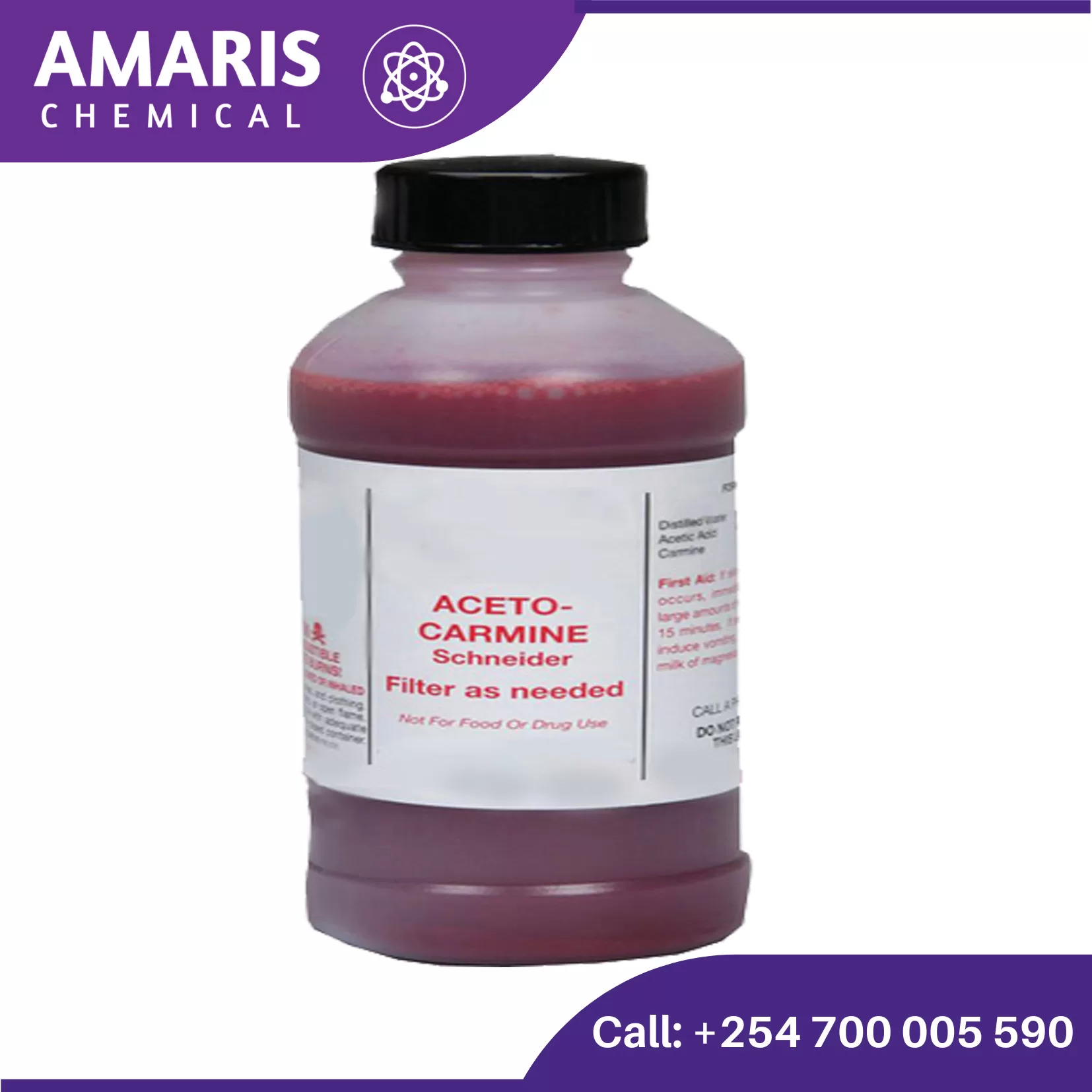
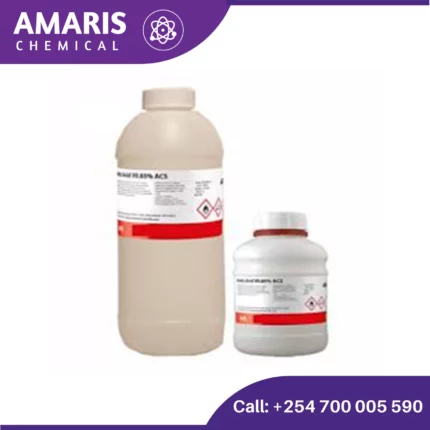
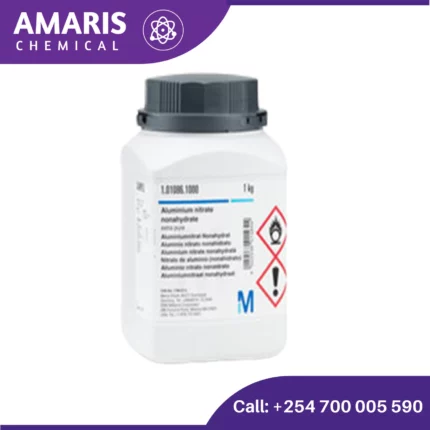
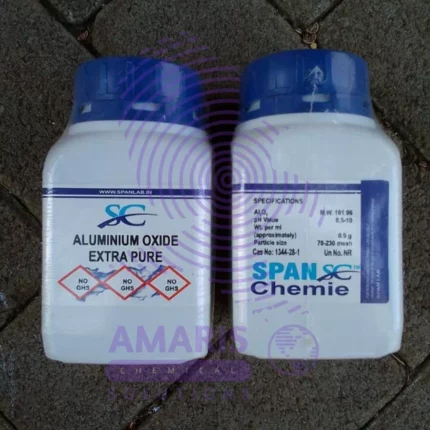
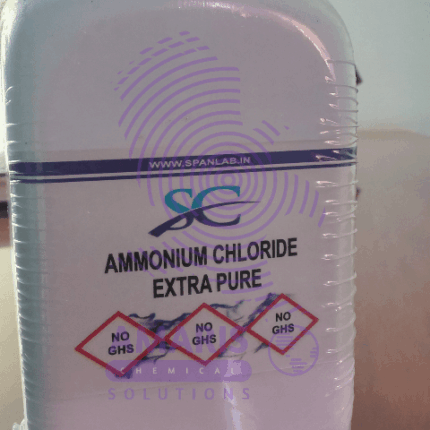
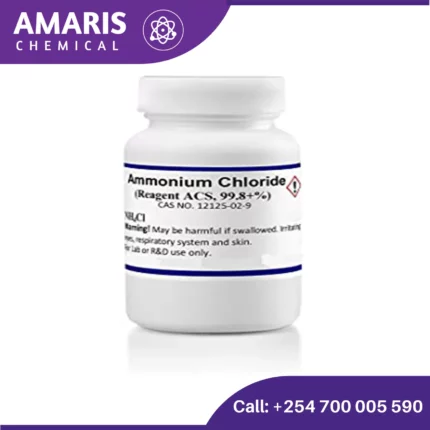
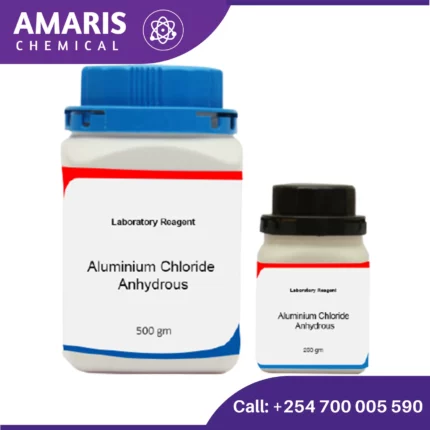

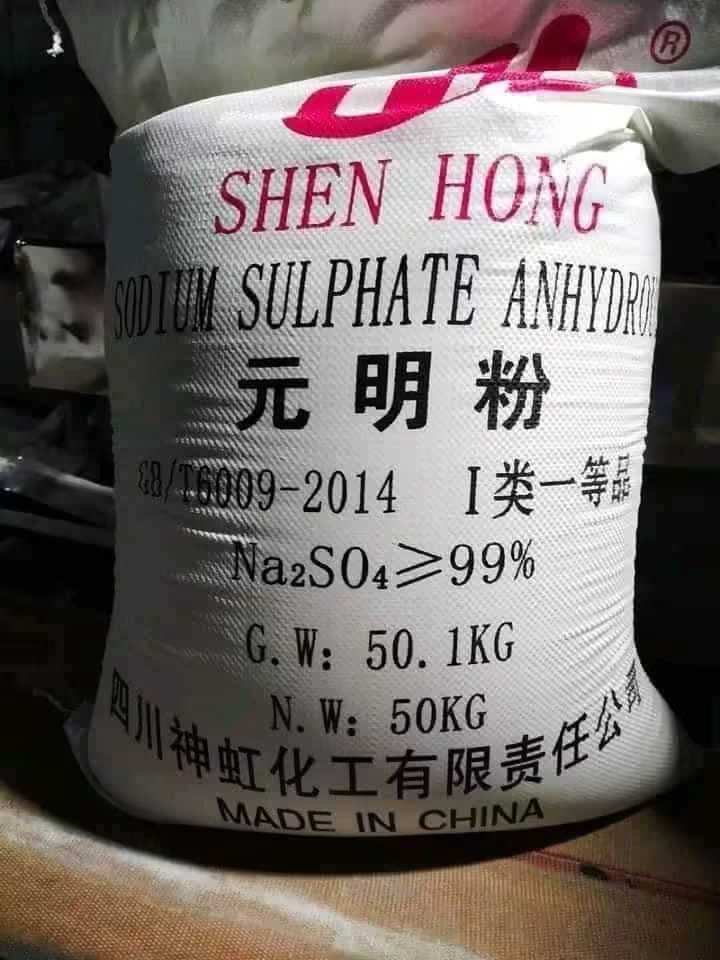







Reviews
There are no reviews yet.